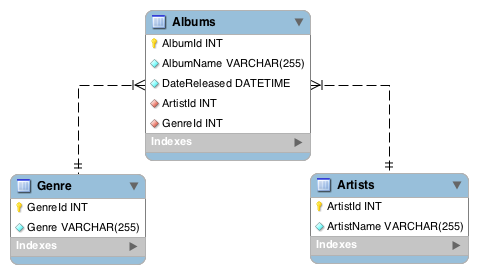The term data integrity refers to the accuracy and consistency of data.
When creating databases, attention needs to be given to data integrity and how to maintain it. A good database will enforce data integrity whenever possible.
For example, a user could accidentally try to enter a phone number into a date field. If the system enforces data integrity, it will prevent the user from making these mistakes.
Maintaining data integrity means making sure the data remains intact and unchanged throughout its entire life cycle. This includes the capture of the data, storage, updates, transfers, backups, etc. Every time data is processed there’s a risk that it could get corrupted (whether accidentally or maliciously).
Continue reading →
